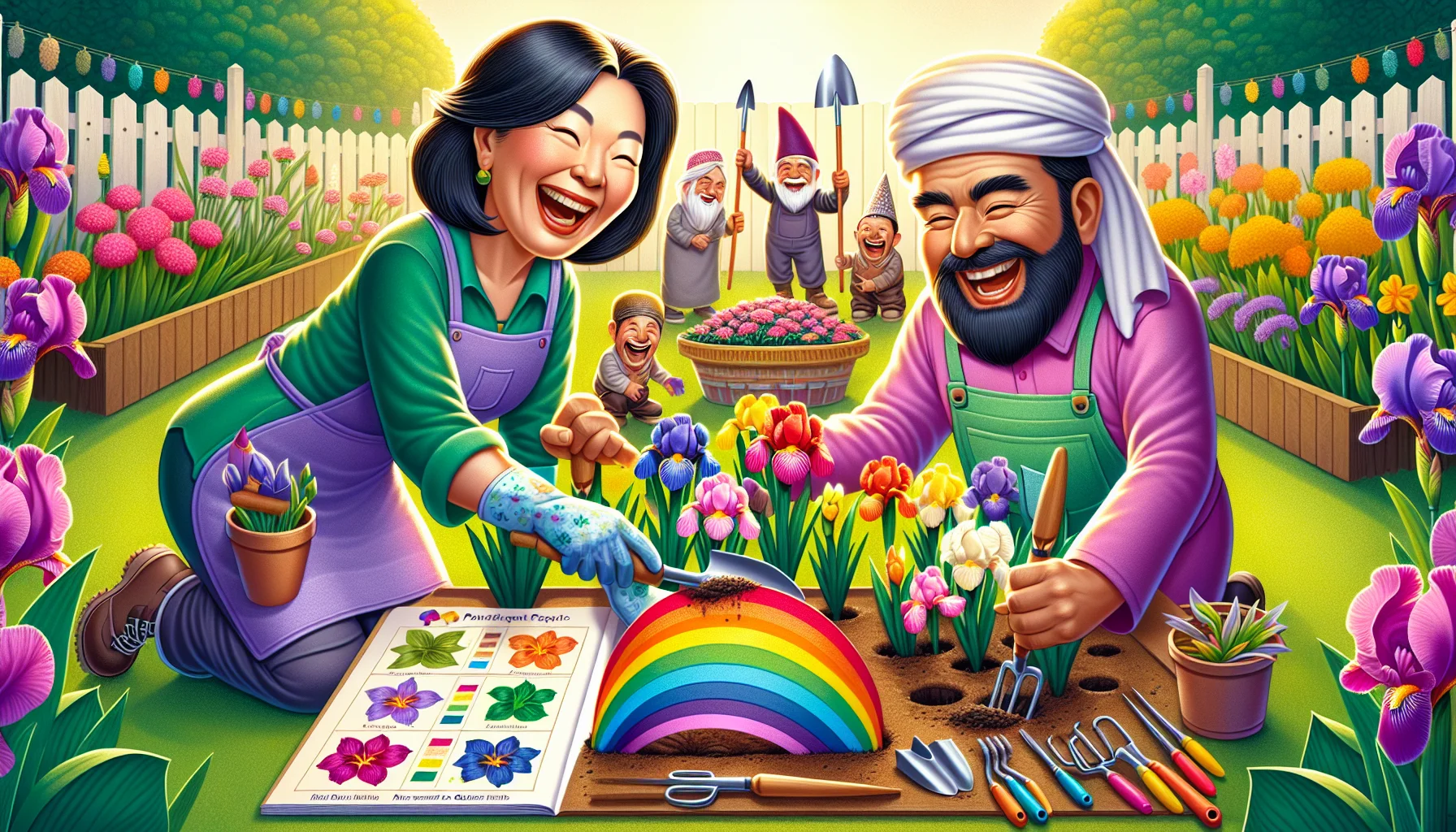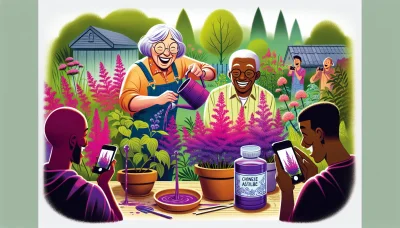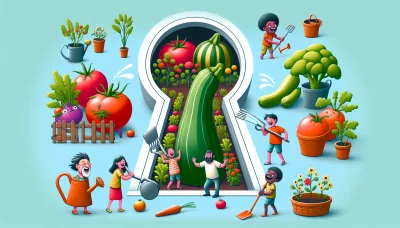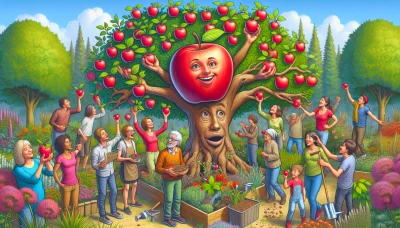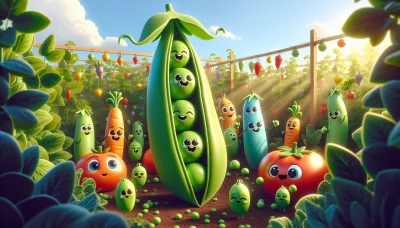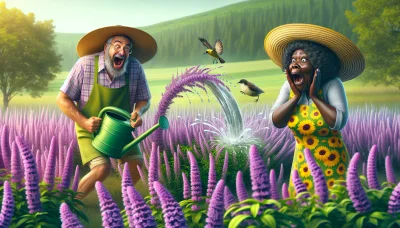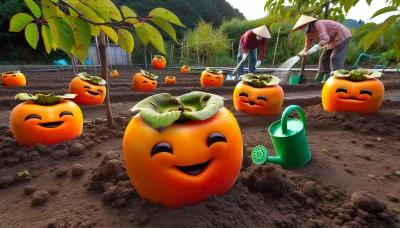Where to plant iris Quiz
Test Your Knowledge
Question of
Where to Plant Iris: The Ideal Locations
Choosing the right location for planting irises is crucial for their growth and bloom. Irises thrive in areas that receive full sun for at least half the day. They also require well-draining soil to prevent root rot, which can occur in overly wet conditions. Selecting an appropriate site ensures that these beautiful flowers can reach their full potential, displaying vibrant colors and robust health. The ideal location contributes significantly to the success of these perennials in your garden, making the selection process an essential step for any gardener looking to add irises to their landscape.
Understanding Iris Needs
- Sunlight: Irises require at least half a day of direct sunlight to thrive. However, in extremely hot climates, some afternoon shade can be beneficial.
- Soil: Well-draining soil is crucial for irises. They do not do well in areas where water stands. The soil should also be slightly acidic to neutral (pH 6.8 to 7.0 is ideal).
- Water: While irises need to be kept moist during the growing season, overwatering or allowing them to sit in water can cause the rhizomes to rot. Watering should be reduced after blooming and through the dormant season.
Best Time to Plant Iris
The optimal time to plant irises is during the late summer to early fall, specifically from July to September, depending on your local climate. This timing is crucial because it allows the iris rhizomes to establish their root systems in the warm soil before the winter. Establishing a strong root system is essential for the irises to survive the winter and bloom beautifully in the spring. Planting during this period also reduces the risk of rot, which is more prevalent in wetter months. It's important to consider your specific climate and adjust the planting time accordingly to ensure your irises thrive.
Ideal Soil Conditions for Iris
Iris plants thrive best in well-draining soil that is slightly acidic to neutral, with a pH level ranging from 6.8 to 7.0. It's crucial for the soil to have good drainage to prevent water from pooling around the roots, which can lead to rot and other diseases. Adding organic matter to the soil can help improve its structure, enhancing both nutrient content and drainage capabilities, creating an ideal growing environment for these beautiful flowers.
Sunlight and Shade: Finding the Perfect Balance for Iris
Irises thrive best when they receive the right balance of sunlight and shade throughout the day. Ideally, these plants need at least six hours of direct sunlight to ensure healthy growth and optimal blooming. While they can tolerate partial shade, too much shade can significantly affect their health and ability to flower. In overly shaded areas, irises may become weak, produce fewer blooms, and become more susceptible to disease. Finding the perfect balance is key to enjoying the vibrant colors and robust health of these beautiful perennials.
Watering Your Iris: Tips and Techniques
- Water irises deeply to encourage deep root growth. This helps the plants become more drought-tolerant.
- During the growing season, irises typically need at least an inch of water weekly, either from rainfall or supplemental watering.
- The best time to water irises is in the morning. This allows the foliage to dry before evening, reducing the risk of fungal diseases.
- Avoid overhead watering to minimize the risk of disease. Water at the base of the plants instead.
- Reduce watering once the blooming period is over to help prepare the plants for dormancy.
- Increase watering if there are extended periods of hot, dry weather to prevent stress on the plants.
- Use a soaker hose or drip irrigation system for efficient watering and to ensure water goes directly to the roots where it's needed most.
Common Mistakes to Avoid When Planting Iris
| Mistake | How to Avoid |
|---|---|
| Planting too deep | Ensure the rhizomes are partially exposed or just beneath the soil surface. |
| Overcrowding | Space iris plants 12 to 24 inches apart to allow for proper air circulation and growth. |
| Choosing the wrong location | Plant irises in a sunny spot with well-draining soil. |
| Overwatering | Water sparingly, allowing the soil to dry out between watering sessions. |
| Ignoring pests and diseases | Regularly inspect plants for signs of trouble and treat promptly with appropriate measures. |
| Forgetting to divide | Divide iris clumps every 3-5 years to prevent overcrowding and promote healthy growth. |
